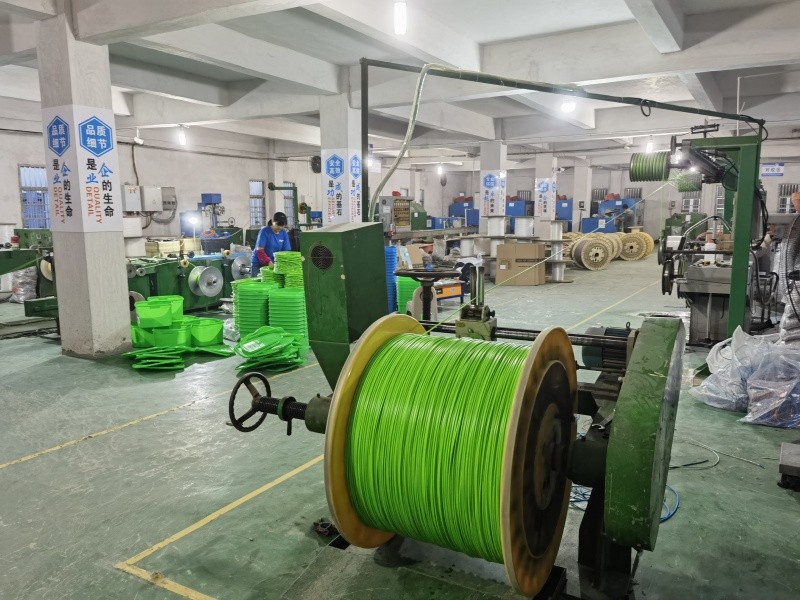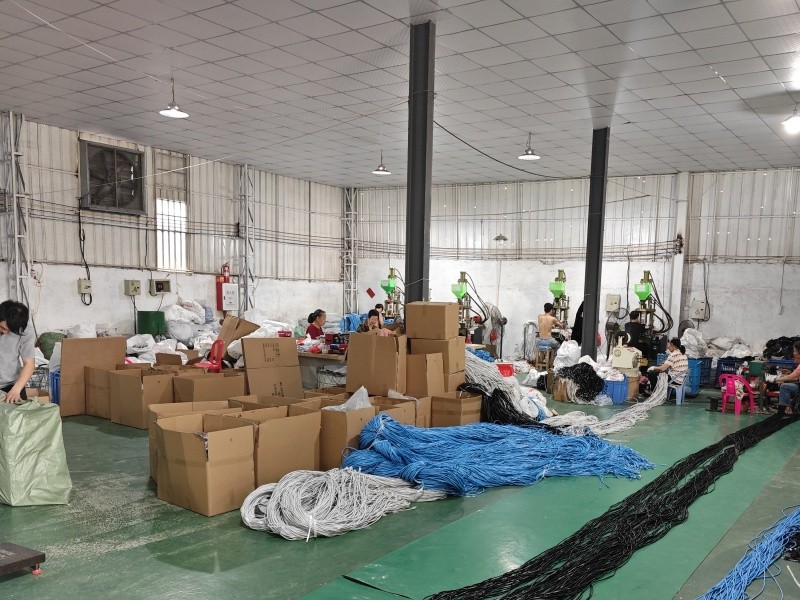Table of Contents
Does Bending Ethernet Cable Affect Speed?
Ethernet cables are the backbone of modern networking, facilitating the transmission of data across local area networks (LANs) and wide area networks (WANs). As technology continues to evolve, questions arise regarding the impact of various factors on the performance of these cables. One such query that frequently surfaces is whether bending Ethernet cables affects their speed and overall functionality.
To address this concern, it is essential to delve into the intricacies of Ethernet cable construction and the principles underlying data transmission. Ethernet cables consist of twisted pairs of Copper wires encased within protective insulation. These twisted pairs are designed to minimize electromagnetic interference (EMI) and ensure reliable data transmission. When data is transmitted through these cables, electrical signals travel along the copper conductors, with the twists helping to cancel out any interference that may occur.
The question of whether bending Ethernet cables affects speed can be approached from both a theoretical and practical standpoint. From a theoretical perspective, bending Ethernet cables can potentially disrupt the uniformity of the twisted pairs, leading to increased crosstalk and signal degradation. Crosstalk occurs when signals from adjacent wires interfere with each other, resulting in errors and reduced transmission speeds. Therefore, in theory, excessive bending of Ethernet cables could indeed impact their performance.
In practice, however, the extent to which bending affects Ethernet cable speed depends on various factors, including the degree of bending, the quality of the cable, and the Environment in which it is installed. Minor bends or twists are unlikely to have a significant impact on performance, especially if the cable is of high quality and properly installed. However, excessive bending, sharp turns, or kinks in the cable can potentially cause signal loss and degrade performance.
It is worth noting that Ethernet cables are designed to withstand a certain degree of bending, as they are often routed through tight spaces or around corners in networking installations. Manufacturers typically specify the minimum bend radius for their cables, beyond which bending may cause damage or performance issues. Adhering to these specifications ensures optimal performance and longevity of the Ethernet cable.

Moreover, advancements in cable manufacturing technology have led to the development of more flexible and durable Ethernet cables that are better able to withstand bending without sacrificing performance. These cables feature materials and construction techniques that enhance flexibility and resilience, making them ideal for challenging installation scenarios.
In conclusion, while bending Ethernet cables can theoretically affect speed and performance, the extent of this impact depends on various factors. Minor bends are unlikely to cause significant issues, but excessive bending or sharp turns may Lead to signal degradation and reduced speeds. By adhering to manufacturer specifications and using high-quality, flexible cables, network administrators can mitigate the effects of bending on Ethernet cable performance, ensuring reliable data transmission across their networks.
Cheap Multipair Communication Cable Manufacturer Directly Supply
Ethernet cables are the unsung heroes of modern connectivity, quietly facilitating the transmission of data in homes, offices, and data centers worldwide. As we delve into the world of networking, one common question often arises: does bending an Ethernet cable affect its speed? To answer this query, it’s imperative to understand the intricate workings of Ethernet cables and how they function within a network infrastructure.
Ethernet cables, also known as twisted pair cables, consist of several pairs of copper wires twisted together within a protective sheath. These cables are designed to transmit data signals over relatively short distances, typically within a local area network (LAN). The twisting of the wire pairs serves to reduce electromagnetic interference (EMI) and crosstalk, ensuring reliable data transmission.
| Nr. | Products |
| 1 | Low smoke halogen-free network cable |
However, the physical integrity of an Ethernet cable can influence its performance. When a cable is bent or twisted beyond its recommended specifications, it can potentially disrupt the signal transmission. This phenomenon is particularly relevant for high-speed Ethernet connections, such as those capable of transmitting data at 1 gigabit per second (Gbps) or more.
Bending an Ethernet cable excessively can lead to signal degradation or even signal loss, resulting in reduced network speeds or intermittent connectivity issues. The extent of the impact depends on various factors, including the severity of the bend, the quality of the cable, and the specific transmission standards employed.

In scenarios where Ethernet cables need to be routed through tight spaces or around corners, it’s crucial to exercise caution to avoid excessive bending. Using cable management techniques, such as Cable Trays, conduits, or proper cable routing, can help mitigate the risk of damage to the cables while maintaining optimal network performance.
Additionally, investing in high-quality Ethernet cables manufactured by reputable suppliers can provide peace of mind regarding performance and reliability. Cheap multipair Communication Cables directly supplied by trusted manufacturers offer a cost-effective solution without compromising on quality.
When selecting Ethernet cables for your network infrastructure, consider factors such as cable category, shielding, and length to ensure compatibility with your networking equipment and intended usage. Category 6 (Cat6) or Category 6a (Cat6a) cables, capable of supporting Gigabit Ethernet and beyond, are suitable choices for high-speed data transmission.
| Serial Number | Product Name |
| 1 | computer crossover cable |
Furthermore, adhering to industry best practices for cable installation and maintenance can help preserve the integrity of your network infrastructure. Avoiding sharp bends, excessive tension, and exposure to environmental hazards are essential precautions to extend the lifespan of Ethernet cables and maintain optimal performance.
In conclusion, while bending an Ethernet cable may not directly affect its speed, excessive bending can potentially degrade signal quality and impact network performance, particularly in high-speed applications. Choosing quality cables from reputable manufacturers and implementing proper cable management practices are essential steps to ensure reliable connectivity and maximize network efficiency. By prioritizing the integrity of your network infrastructure, you can minimize the risk of speed-related issues and maintain seamless data transmission within your network environment.
